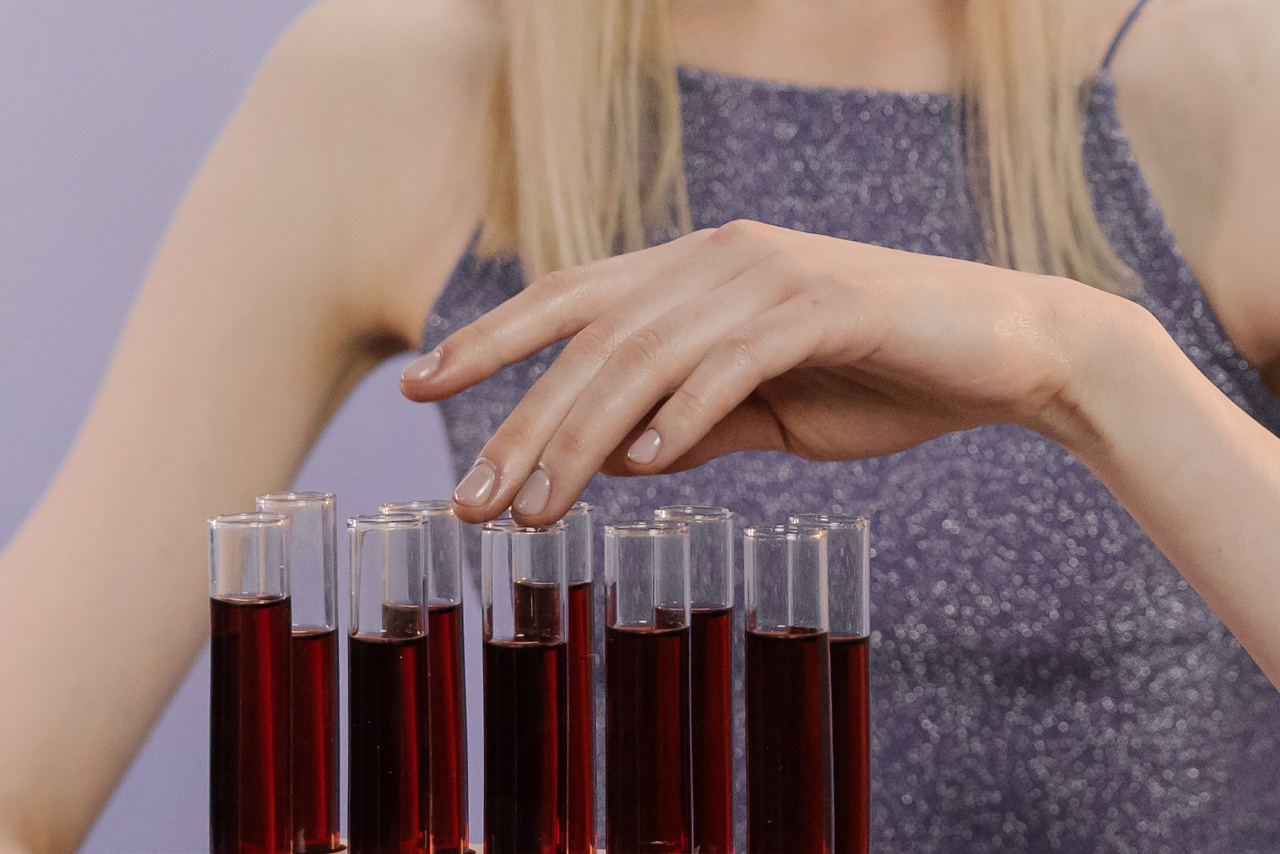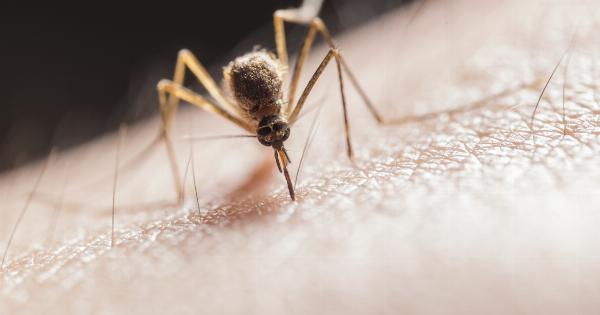Mosquitoes are notoriously drawn to human skin, leaving us with itchy and annoying bites.
Have you ever wondered why these pesky insects seem to flock to you and not others? It turns out that certain chemical compounds found in our sweat and breath are particularly attractive to mosquitoes. In this article, we’ll explore the science behind why mosquitoes are drawn to our skin and what chemical compounds are to blame.
What attracts mosquitoes to human skin?
Before we dive into the specific chemical compounds that lure mosquitoes to our skin, it’s important to understand the biology behind their attraction to humans.
Mosquitoes feed on blood for survival, with female mosquitoes needing a blood meal to produce eggs. In order to find a host, mosquitoes use a variety of sensory stimuli, including:.
- Carbon dioxide
- Lactic acid
- Body heat
- Octenol
Carbon dioxide is one of the major attractants for mosquitoes. When we exhale carbon dioxide, mosquitoes are able to detect it up to 164 feet away. Lactic acid is another chemical that mosquitoes are drawn to.
It’s found in our sweat and is released when we exercise or simply when we’re hot. Body heat also plays a role in attracting mosquitoes. They are able to sense the heat that we emit and are drawn to warmer areas of our body, such as our neck and head.
Finally, mosquitoes are attracted to octenol, a chemical that is released when we sweat and breathe. Octenol is often used in mosquito traps to catch and kill mosquitoes.
Chemical compounds that attract mosquitoes
So, what chemical compounds specifically are responsible for attracting mosquitoes? Let’s take a closer look.
1. Lactic acid
Lactic acid is one of the major compounds found in human sweat. When we sweat, lactic acid is released, which can attract mosquitoes to our skin.
Some people naturally produce more sweat and therefore more lactic acid, making them particularly attractive to mosquitoes. This is why you might notice that mosquitoes seem to prefer some individuals over others.
2. Ammonia
Ammonia is another chemical compound found in sweat that mosquitoes find attractive. We produce ammonia when we sweat, but it can also build up on our skin due to bacterial activity.
This is why some people might notice an increase in mosquito bites after sweating or exercising.
3. Uric acid
Uric acid is another chemical compound found in human sweat that can attract mosquitoes. It’s released when we sweat, but can also be found in our saliva and urine.
In fact, mosquitoes are known to be attracted to the scent of fresh urine, which contains high levels of uric acid.
4. Octenol
Octenol is a chemical compound that is released when we sweat and breathe. It’s often used in mosquito traps to attract and kill mosquitoes.
Octenol is naturally produced in small amounts by many animals, including humans, and is particularly attractive to certain species of mosquitoes.
5. Carbon dioxide
As previously mentioned, carbon dioxide is one of the major attractants for mosquitoes. When we exhale carbon dioxide, mosquitoes are able to detect it from up to 164 feet away.
In fact, mosquitoes are able to detect even the slightest increase in carbon dioxide levels, which is why they are so effective at finding human hosts to feed on.
Conclusion
While there are a variety of sensory stimuli that mosquitoes use to find human hosts, certain chemical compounds found in our sweat and breath are particularly attractive to these pesky insects.
Lactic acid, ammonia, uric acid, octenol, and carbon dioxide are all compounds that can lure mosquitoes to our skin, making us more likely to get bitten. By understanding what attracts mosquitoes to humans, we can take steps to avoid being bitten, such as wearing insect repellent or avoiding areas where mosquitoes are known to be prevalent.





























